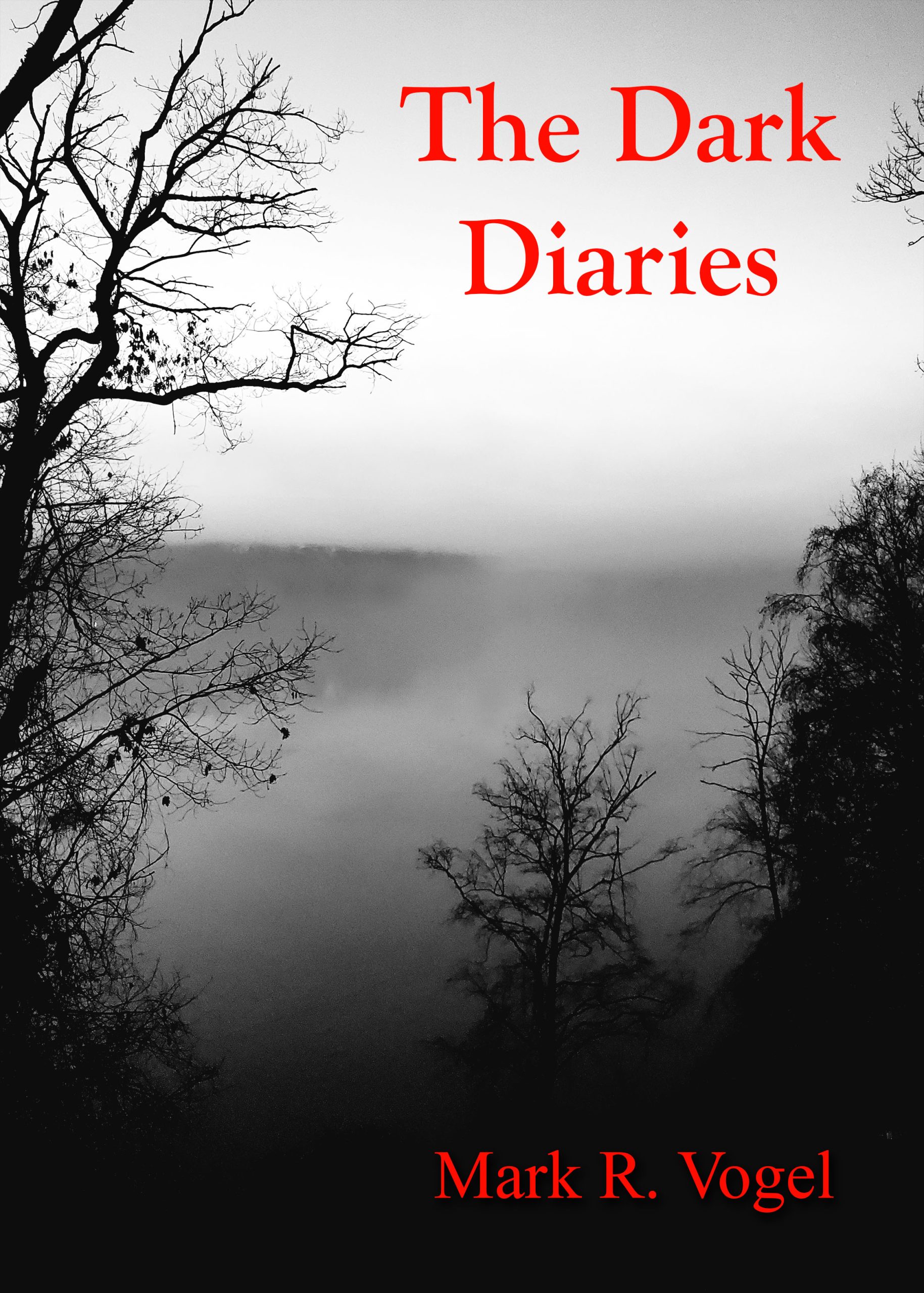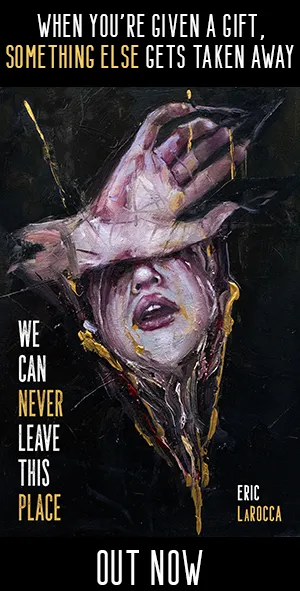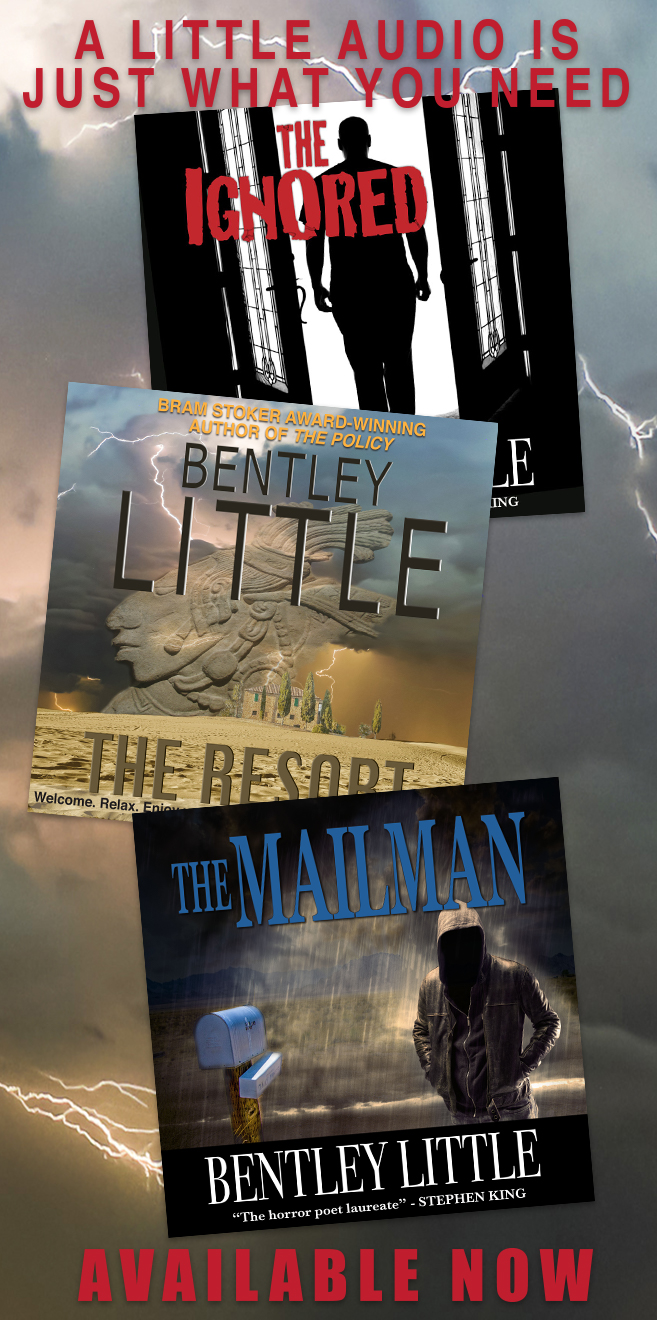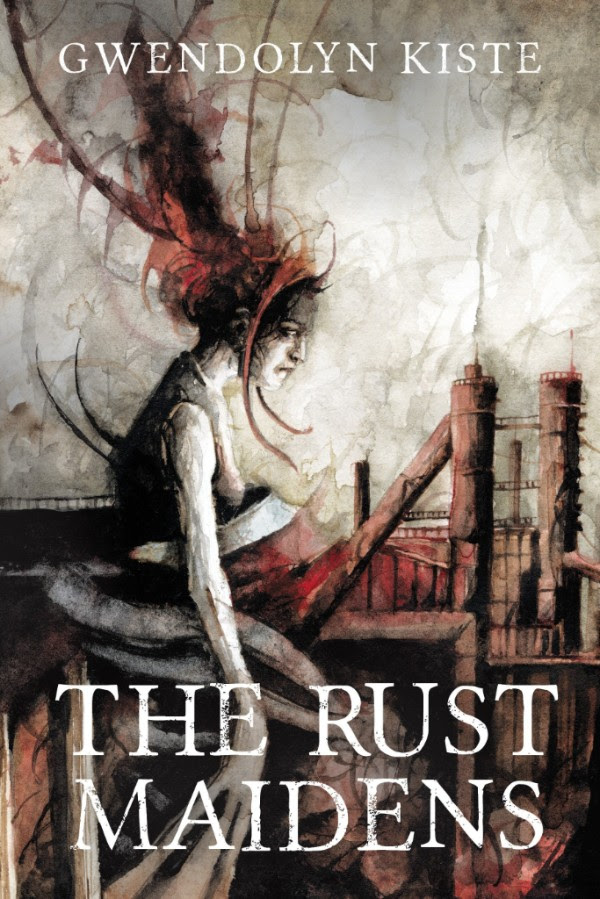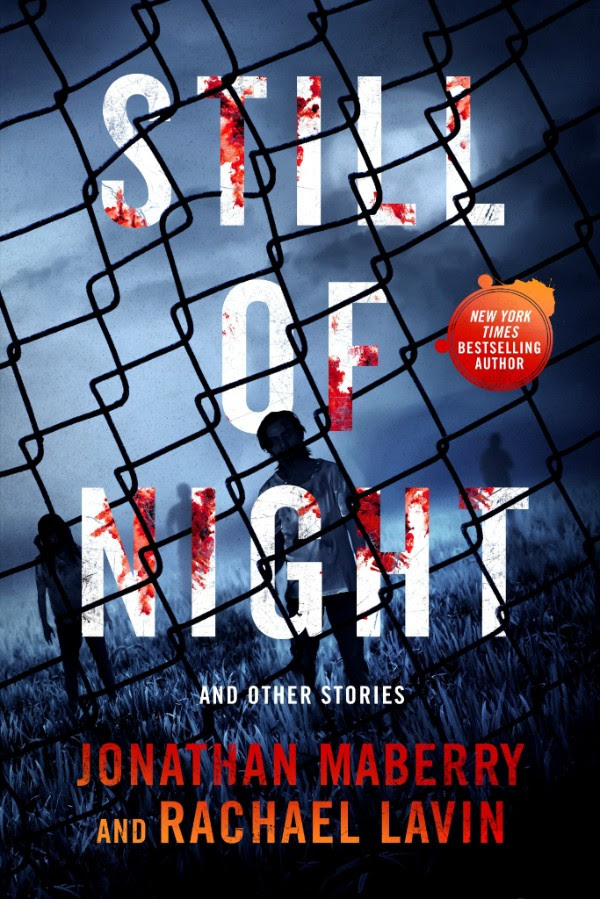The zombification of classic literature continues to be a surprisingly, but not completely incomprehensible, trend in popular culture. The pervasive influence of George A. Romero’s NIGHT OF THE LIVING DEAD over the last forty-plus years continues to resonate in modern lit as much as in modern cinema. What began as a novelty idea from writer Seth Grahame-Smith’s editor spawned Pride and Prejudice and Zombies, a splendid mash-up of Jane Austen’s aristocratic narrative conjoined with Romero’s brain-feasting walking dead – and from the grave a new subgenre of popular literature was born. The marriage of Austen’s language and characters with Graham-Smith’s Romeroesque invading zombie hordes, in which the Bennett sisters are the ninja-trained protectors of Longbourn and its environs, made for a smashing good read, affectionate in its treatment of its source material while allowing its ferocious fancy to flourish. There’s nothing like a pride of zombies to make Jane Austen’s dreary gaggle of snobby class-conscious young women interesting and fun.
The novel’s success resulted in both a prequel and sequel by other authors, and dozens of succeeding mash-ups of the classic with the monstrous; virtually no author was free of such latter-day revisionism – Further Austen treatments pitted her beloved characters against sea monsters and living mummies; Alcott’s Little Women fought werewolves, Brontë’s Jane Eyre slew vampires; both Abraham Lincoln and Queen Victoria were, in fictional reality, both vampire and demon hunters, respectively; Shakespeare was a vampire and The Beatles were mop-top zombies, eight days a week. The trend has continued almost to the point of ridiculousness, with the likes of Huck Finn, Alice in Wonderland, Dorothy and her companions on the yellow-brick road, and even perennial basal reader heroes Dick and Jane all taking on the zombie hordes.
In the case at hand, The Zombies Of Lake Woebegotten, the pseudonymous author Harrison Geillor (whose true author’s name has yet to be made known) adopts the milieu and writing style of middle-American wordsmith Garrison Keillor in a zombification that works very well. Unlike the worse monsterizations of classical and popular lit, The Zombies Of Lake Woebegotten is a very effective book. Yes, it describes a typical zombie incursion into the world of Keillor’s Lake Wobegon, but it’s much more than a one-joke satire; what makes it work is its credible environment, drawn from Keillor’s familiar and familial Lake Wobegon community, the honest, homespun luster of the characters who people the story, and the wit with which the author brings to the telling of the tale. “Keillor” creates a slew of very likable and midwesternly realistic characters (a few of whom are imported from Geillor’s PRAIRIE HOME COMPANION radio show) and invents an engaging story for them to inhabit. The book remains true to both the Zombie genre and the easy-going flow of Harrison Geillor, writing it with an ironical narrative that contains plenty of legitimate laugh-out-loud moments. The narrator’s Minnesotan demeanor takes the invading zombie hordes without too much astonishment, relaying the tale the way one might describe an ice fishing expedition to a porch full of friendly neighbors, and part of the book’s humor lies in that very easy going narrative style. The irony of this matter-of-fact description of the zombie apocalypse, and the down-to-earth manner with which the characters face the slew of shuffling brain-suckers, gives the book much of its character and unpretentious wit. As the unflustered Ingvar Knudsen says with a shrug in chapter 2, after being informed of the un-graved infestation of living dead roaming the town’s streets, “That sure is different. A guy could get pretty worked up about something like that.” One particularly effective attribute of the book occurs when the narrator unexpectedly becomes a character in his own third-person narrative, referring to himself only as “The Narrator” and describing his description of a segment of the story (“The people sitting next to the Narrator in the audience were pretty annoyed at his constant stream of talk…”). It’s an enigmatic stylistic flair that will recur from time to time and generate a final irony in the story’s denouement.
In addition to the formula invasion of the walking dead, here spawned by a suspicious meteor strike in the woods outside of town, the story is spiced up by a geriatric serial killer, exposed when the corpses buried in his basement come bursting back to life and who comes into his own as the town’s leading zombie slayer until he decides to change sides, zombie fish, an adulterous husband killer with mayoral ambitions who wants to profit from the state of undead affairs, a zombie dog, an intrepid catholic priest and a soft-spoken Lutheran pastor with a hankering for the town’s local dominatrix who join forces to lead an Interfaith Anti-Zombification League to combat the risen dead, and even a zombie bear wearing a hatchet in its head. The book is structured into three major segments – beginning with a characteristic intro (“Day One: Not Too Good a Day, Really, Overall)” and ending with a well-constructed climax (“The First Day Of Spring, More or Less: Nice Weather, Shame About the Zombies Though”). In between, the narrative flow is set aside for a series of 25 vignettes, intentionally presented out of sequence that describe in brief detail the events of winter in Lake Woebegotten under the zombie siege; this segment serves as kind of a fast-forward, allowing the narrative to skip through some of the necessary formulaic devices to get from intro-A to climax-B in a rather crooked line while providing some inventive storytelling in abbreviated form. The fact that it’s out of sequence makes it kind of a mixed-up puzzle that gives the reader some interactive exercise in putting it all together; by the time it’s been satisfactorily resolved and all the pieces assembled and understood, we’re ready to launch axe-first with our heroes in their fight against the villains of the piece, whether they’re psychopathologically human, the mindlessly undead, or a hatchet-headed zombear.
The book is naturally drenched in a bit more gore and sexuality than Keillor’s PRAIRIE HOME COMPANIONS may be used to, but which readers of zombified literature crave as much as the book’s zombies crave human brains. While the book is not a scary one, it’s an inventive and satisfactory exercise in gratuitous genre grafting. Its atmosphere is derived not from its journey into the halls of horror but in generating satisfaction in the irony of its context, the gentle, honest humor of its characterizations, and the wit of its narrator’s Minnesotan voice.
(Also available as an MP3 audiobook from Brilliance Audio; this version, incidentally, adds the extra dimension of being read by veteran reader Phil Gigante, who adopts a spot-on Harrison Geillor style as narrator, and uniquely personifies each character with a vivid delivery that really puts you in the midst of this Minnesotan community.)
- Yours Truly, Jack The Ripper - July 22, 2012
- The Zombies of Lake Woebegotton - June 1, 2011

